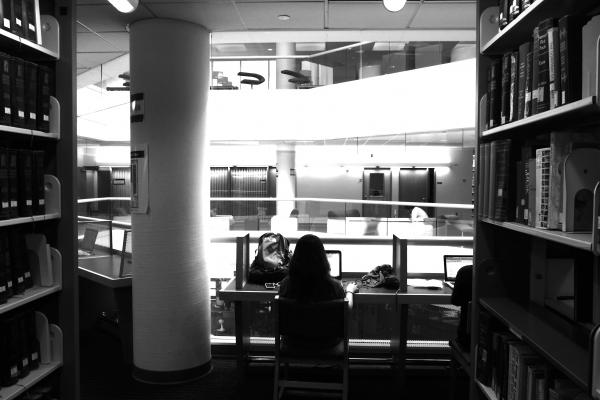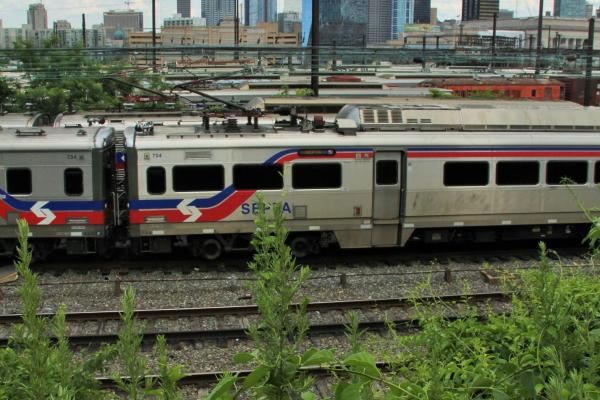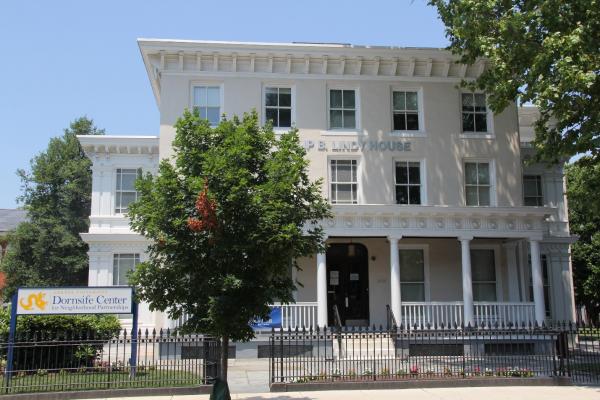Administrative and Financial Difficulties of the 1980s and 1990s
Part of
From the mid-1980s to the mid-1990s, Drexel was plagued by sharply declining enrollments and hostilities between faculty and university administrators.
Poor decision making and mismanagement by two presidents—William Gaither and Richard Breslin—figured prominently in the most serious sustained crisis in Drexel’s history. From 1984 to 1994, Drexel saw sharply declining enrollments (almost to the point of bankruptcy) and hostilities between faculty and university administrators.
As the urban historian Scott Knowles and his associates observe, “Drexel had its ups and downs throughout these decades, with a difficult era of plummeting enrollments and faculty–administration discord under the presidencies of William Gaither (1984–1987) and Richard Breslin (1988–1994). By 1994 the university tottered on the edge of bankruptcy.”[1] The crisis of these decades was attributable in no small way to poor decision making and mismanagement of the Institute.
In the mid-1980’s Drexel experienced a steep drop in freshmen enrollments, which was, in part at least, a function of “a shrinking demographic pool” of 18-year-olds. To meet this challenge, Gaither adopted an economic-streamlining strategy that Penn had instituted in the 1970s under a policy called “selective excellence.” Drexel’s version of selective excellence involved the creation of a trustee-chaired Committee on Instruction and Research to recommend cutting or closing under-enrolled or research-deficient colleges and departments. The top-down strategy roiled an indignant faculty.
By this point, the mid-1980s, the dollop of respect Gaither seemed to have with Drexel’s academic deans and the faculty council was destroyed by allegations of sexual improprieties on Gaither’s part. Despite a vote of no-confidence by the faculty, the trustees refused to fire him. Finally, in the fall of 1987, though only after salacious details of his alleged outrages persisted in the Philadelphia media, Gaither admitted to being unable to govern, and he declined to stand for reappointment (he was not fired).[2]
Gaither’s successor, Richard Breslin, was a more collegial president whose integrity was not at issue. Yet Breslin was, ironically, the weaker president—for all the negative press and faculty turmoil his presidency evoked, Gaither, leading by fiat, had stabilized the Institute’s enrollment. Not so Breslin, who instituted a policy of shared governance with the faculty and, with their acquiescence, tried to bolster enrollments by lowering admissions standards. The strategy backfired. By 1992, Drexel was collapsing financially and reputationally. In his history of Drexel’s decline and revitalization, 1984–2004, David Paul asserts, “As the enrollment situation worsened, the university migrated toward an open enrollment process that admitted students with poor academic preparation as long as they had the ability to pay. . . . Finally, the university, seeking bodies to fill seats, admitted students who were poorly prepared and had a low ability to pay. These students had to work longer hours outside of school as the financial aid declined in later years and they were increasingly likely to leave school prior to graduation.”[3]
A failed president, Breslin resigned his office in September 1994. An interim president managed the University until the appointment of Constantine Papadakis in 1995.



